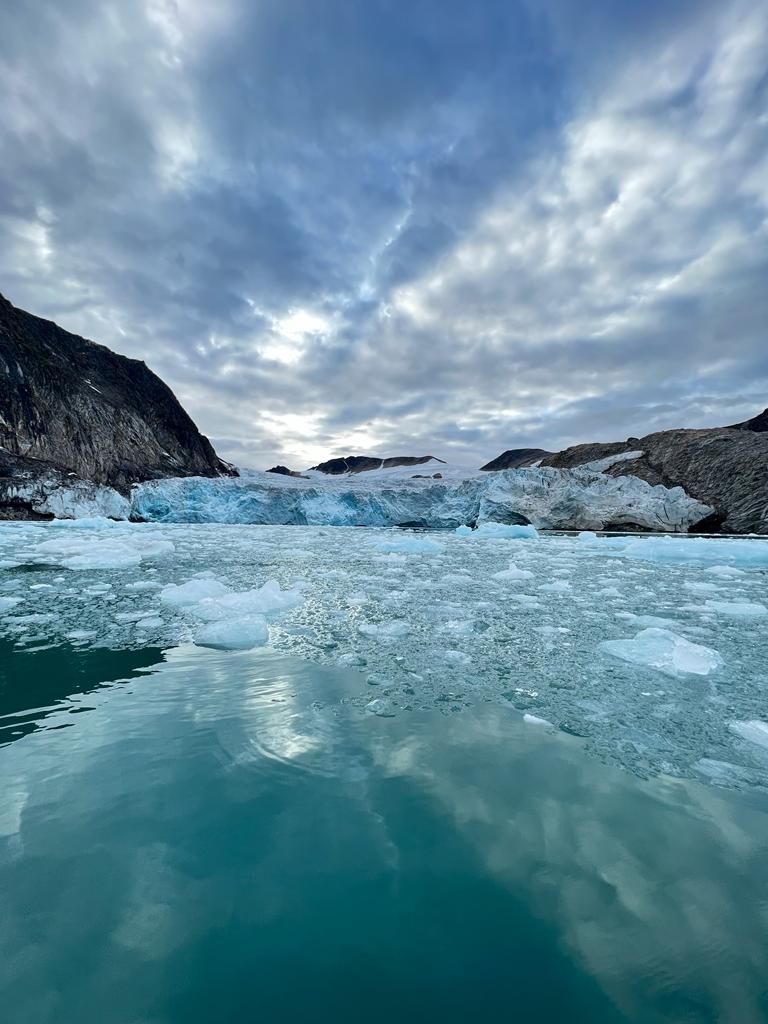Torres del Paine & Puerto Natales
نشرت: 14.02.2019
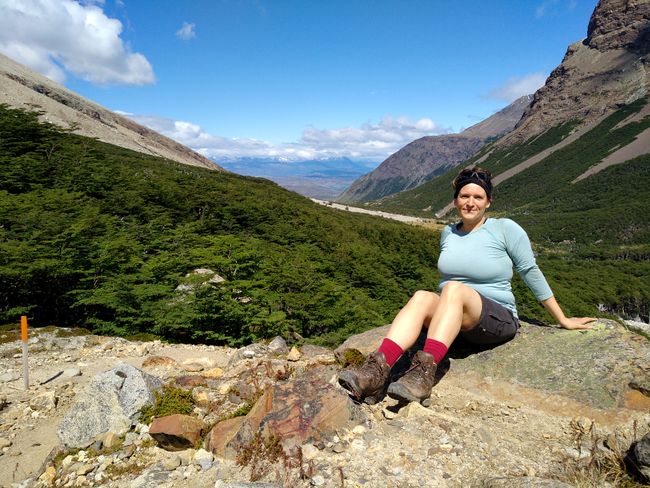
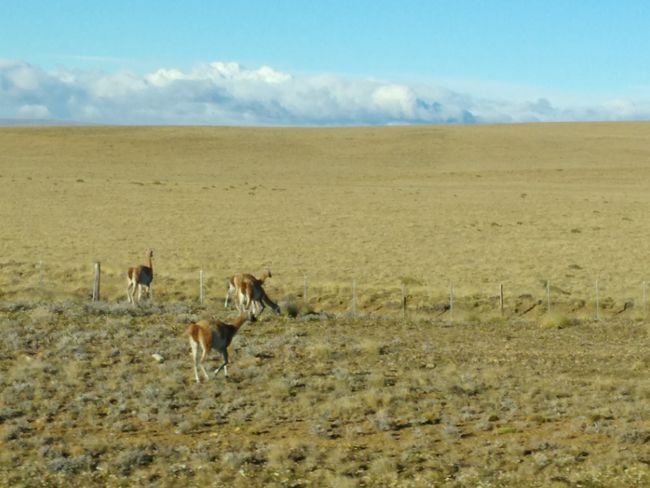
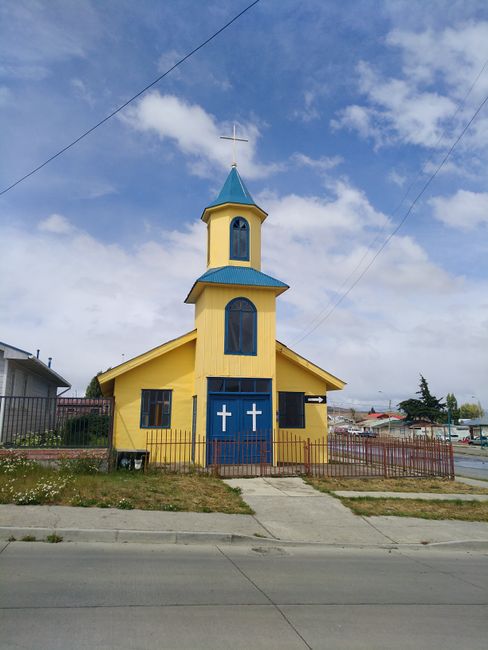
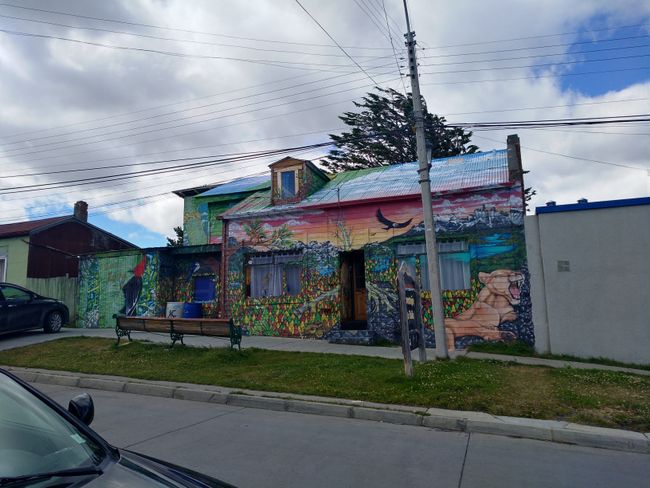
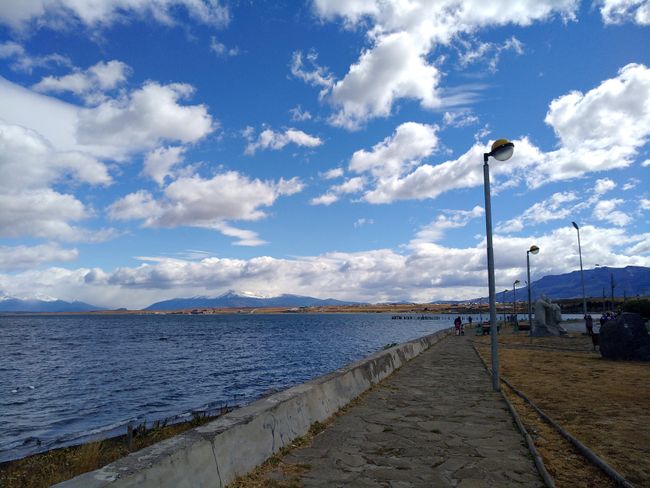
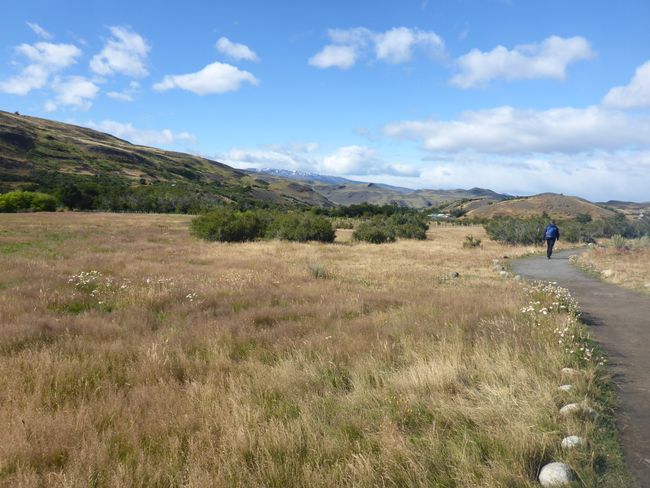
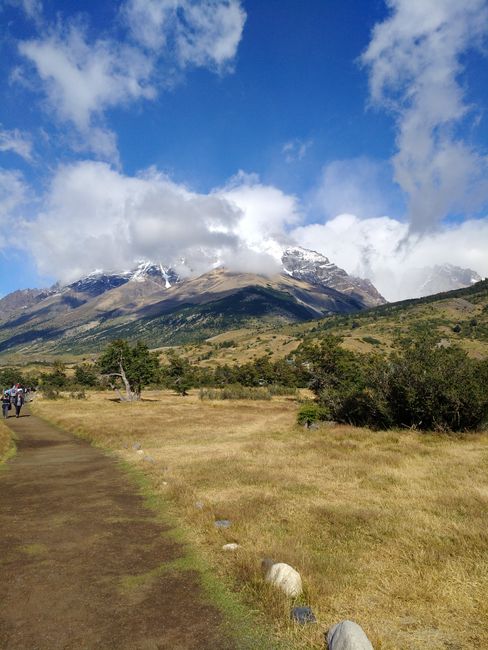
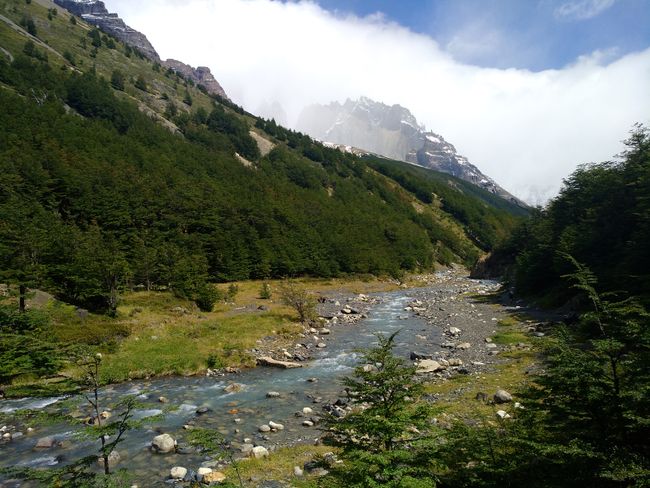
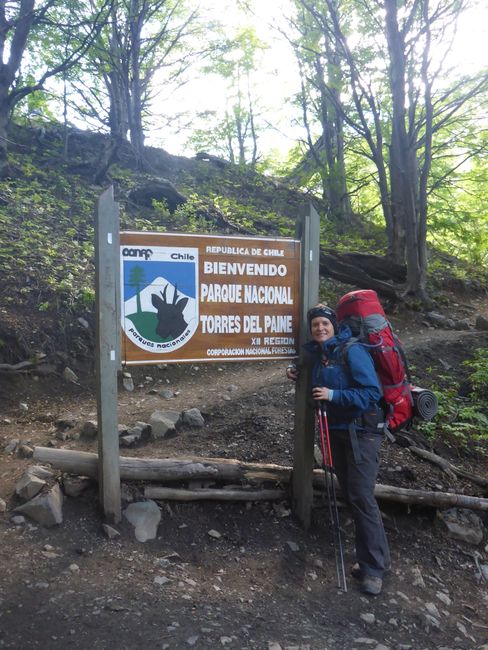
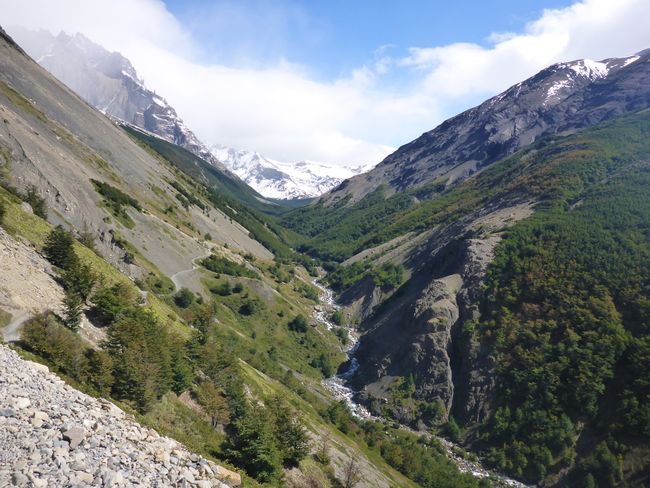
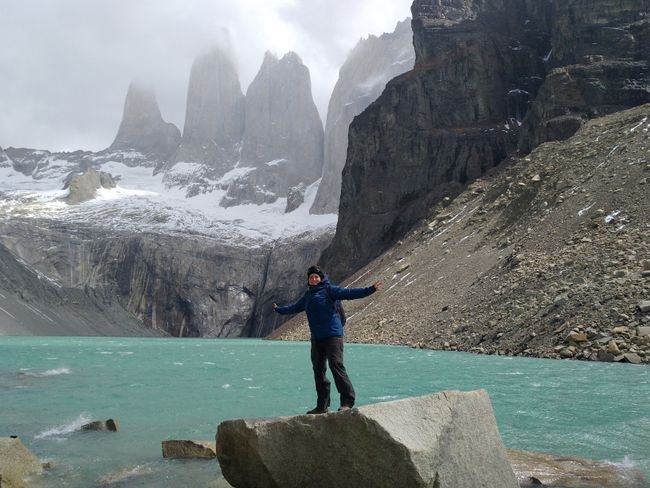
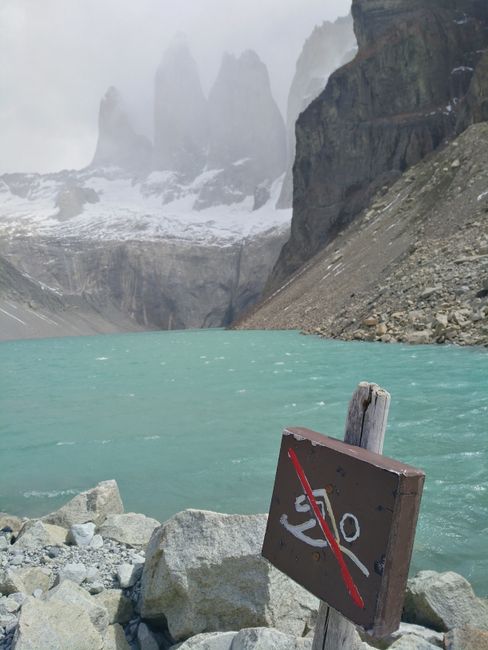
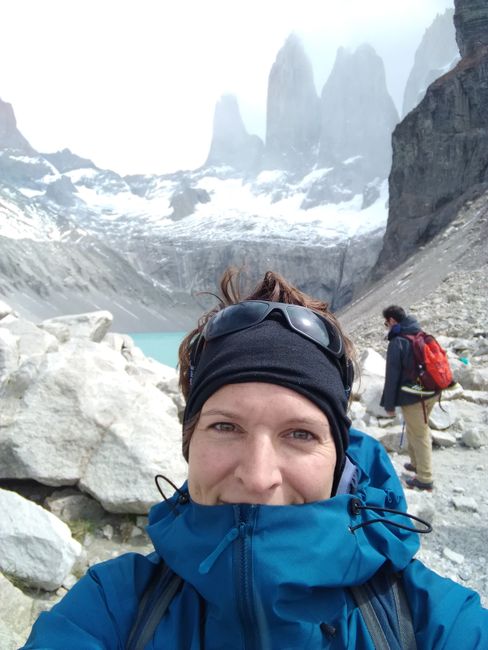

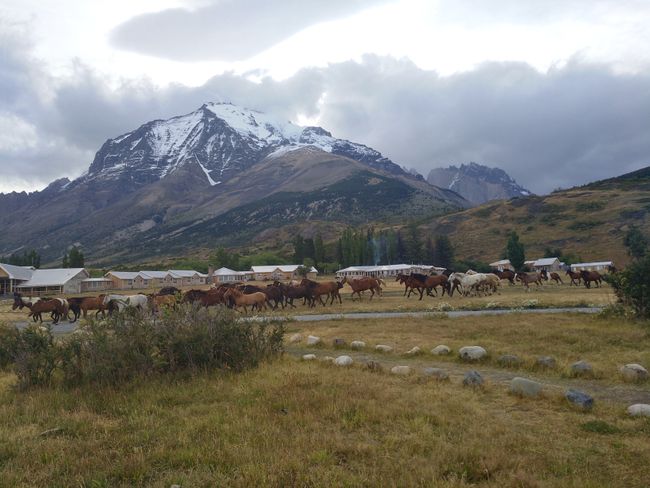
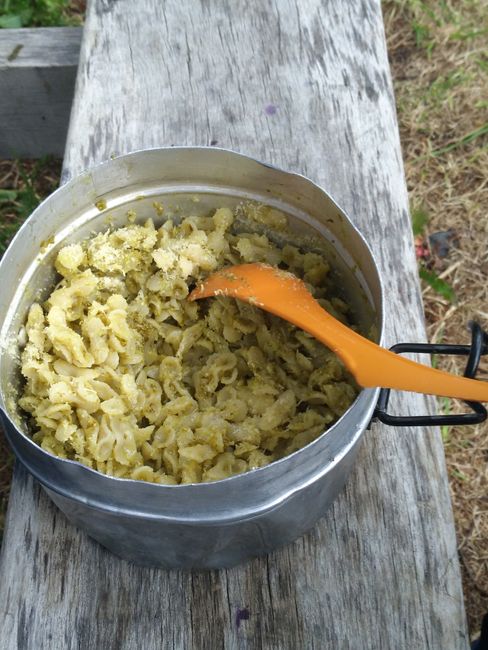
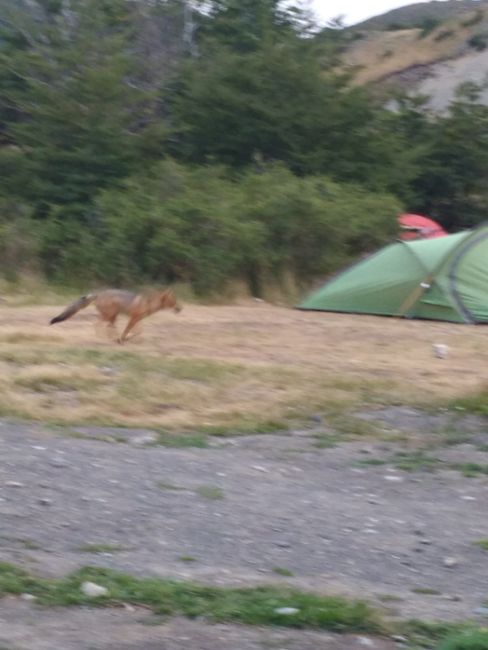
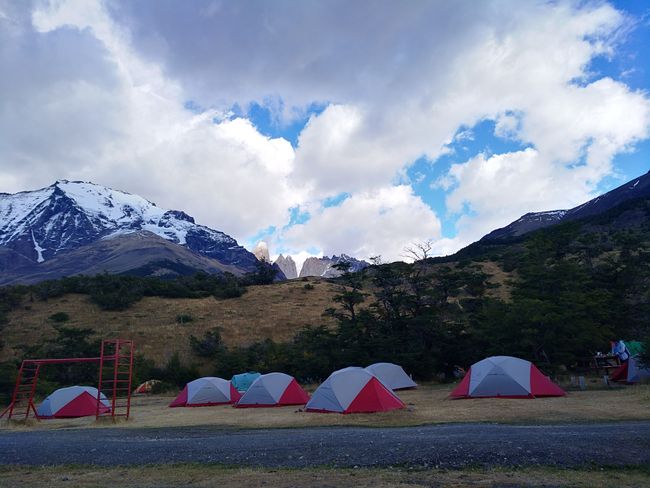

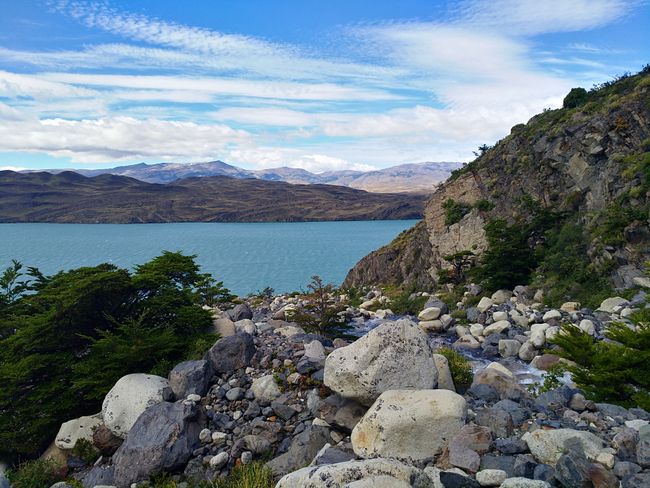
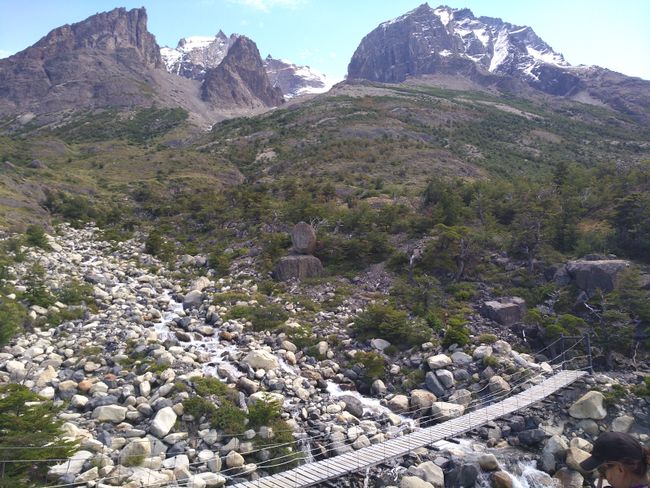
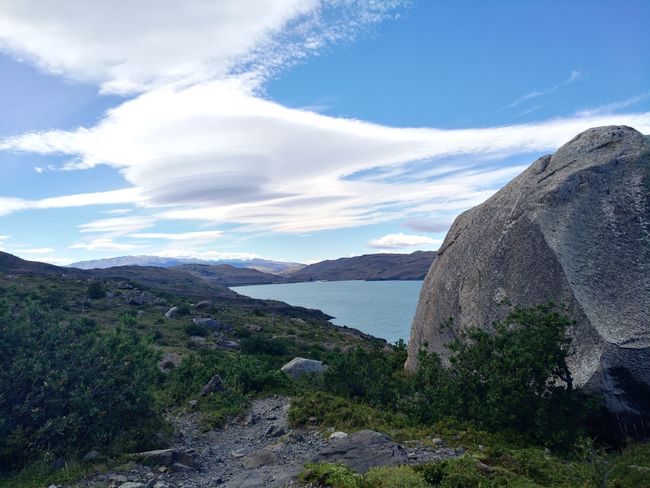
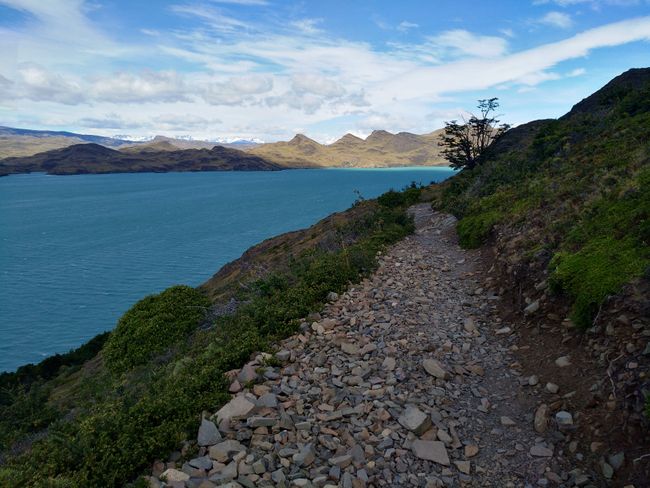
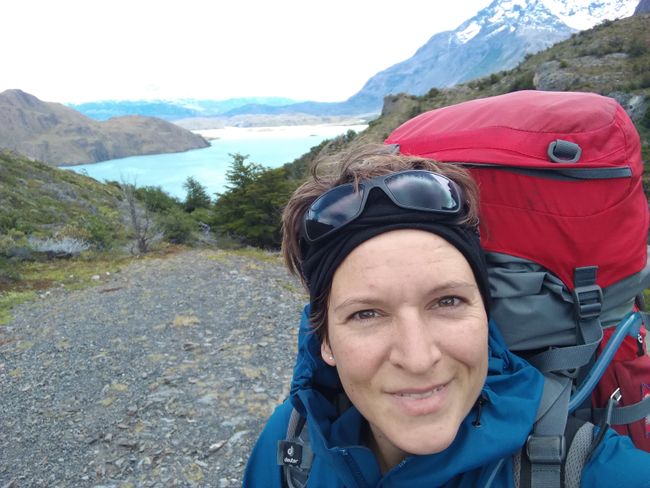
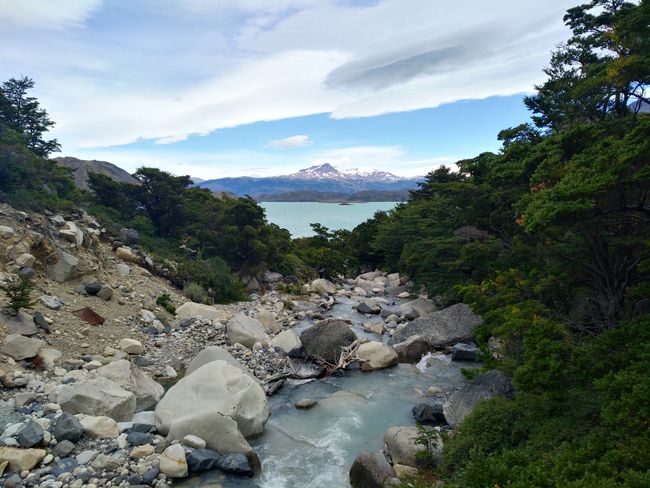
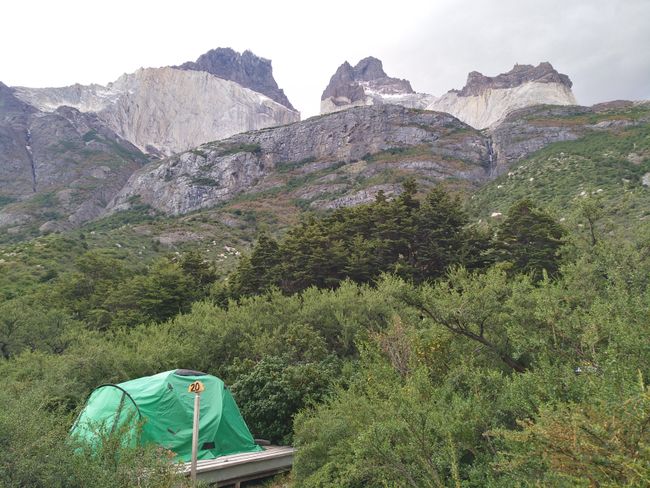
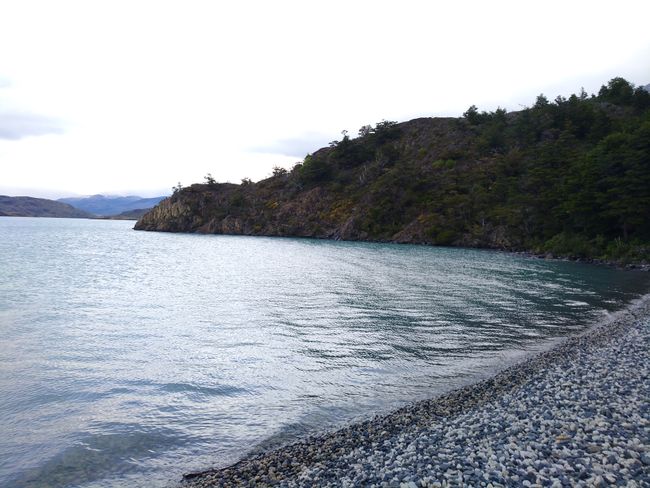
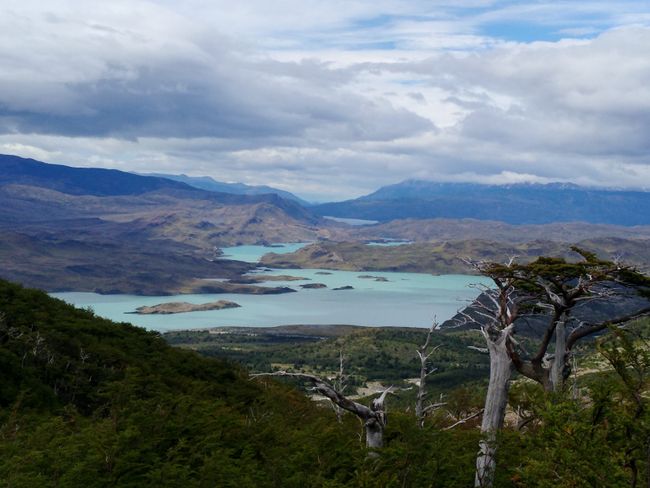
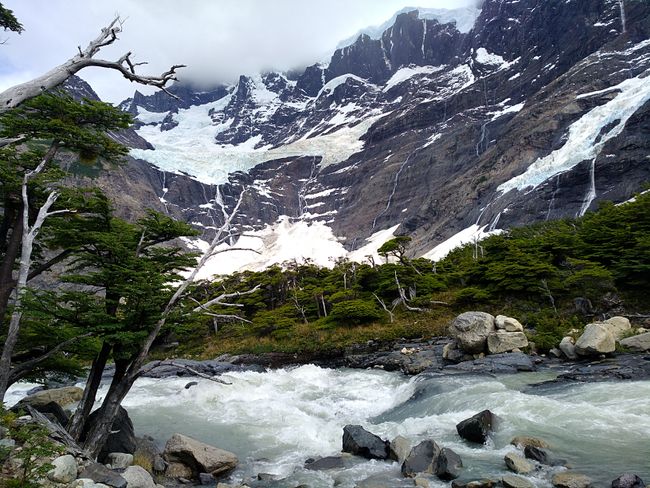
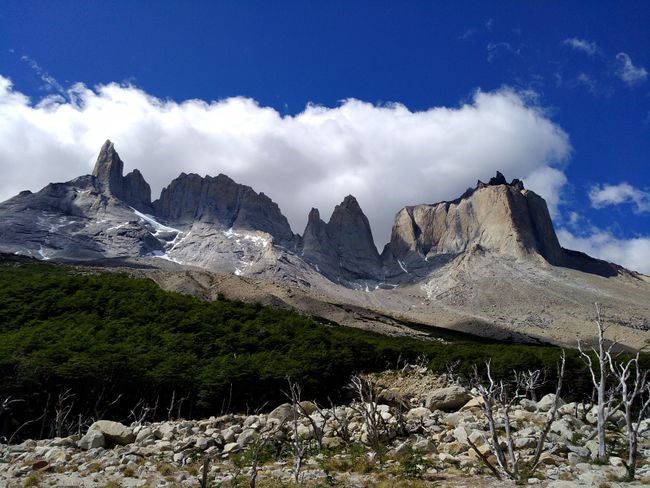
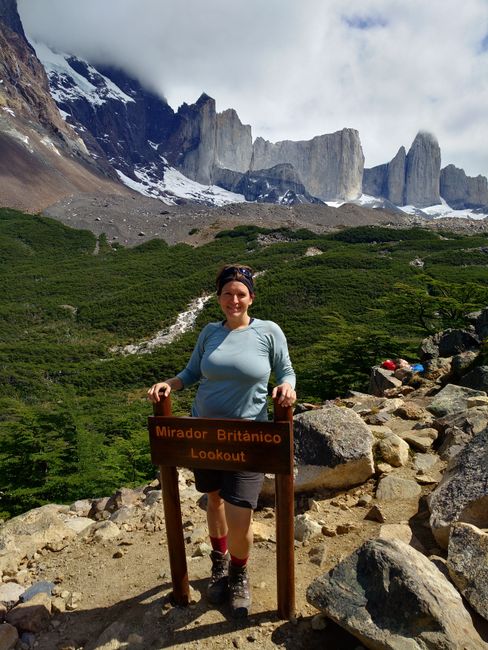
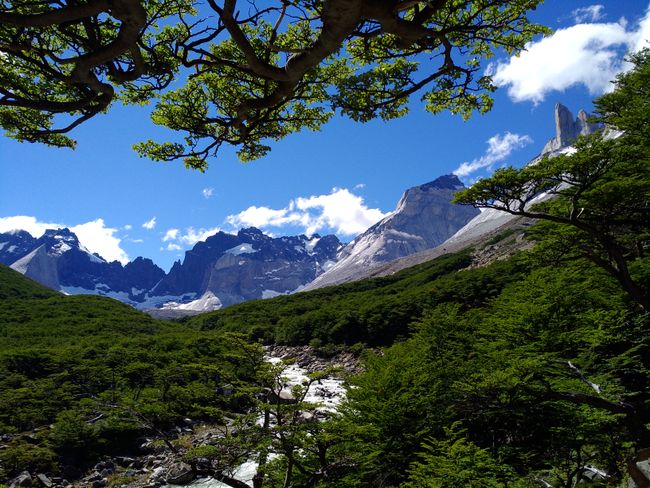
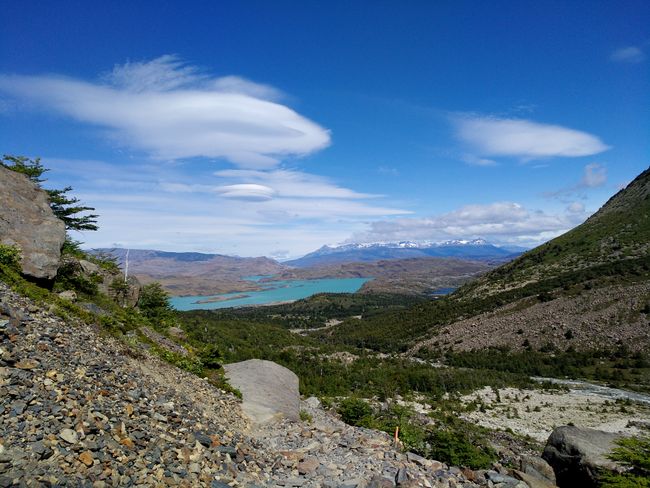
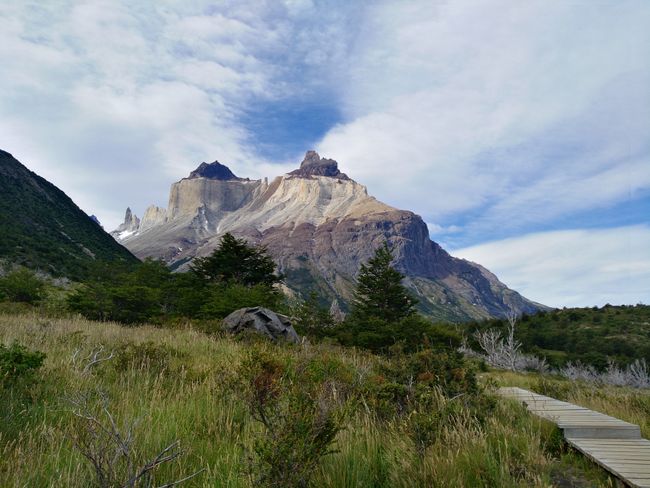
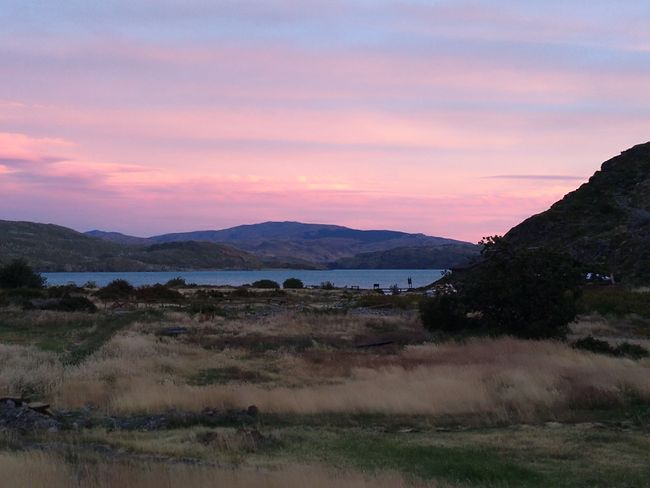
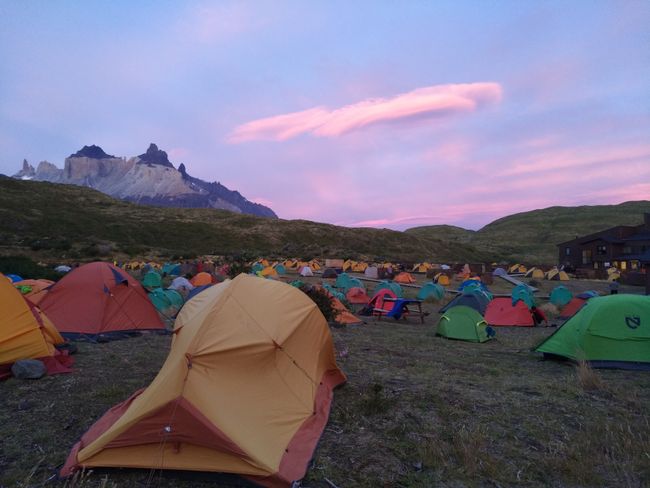
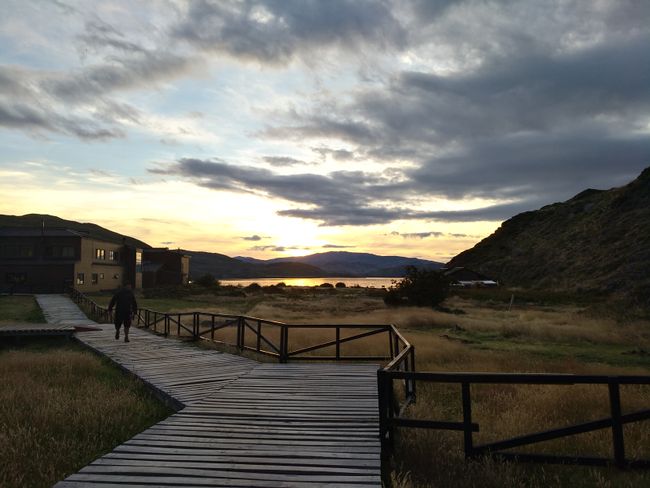
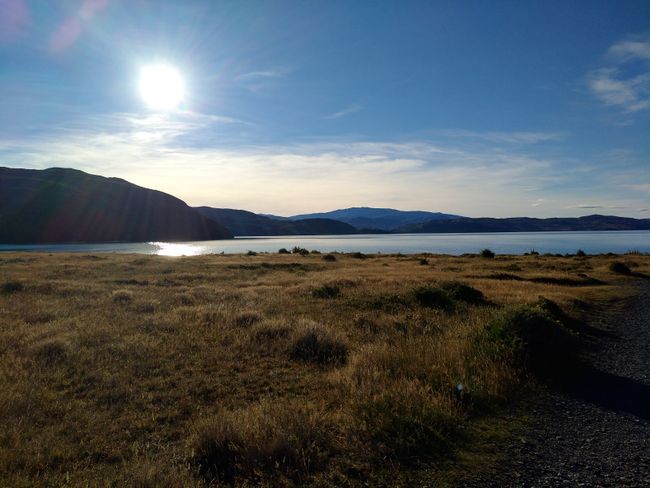
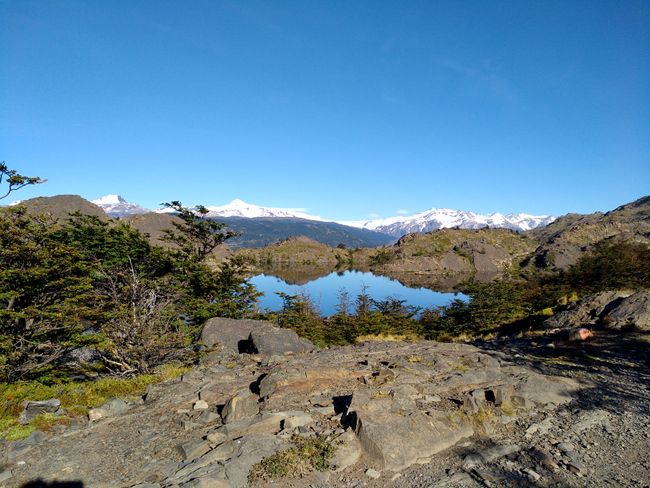
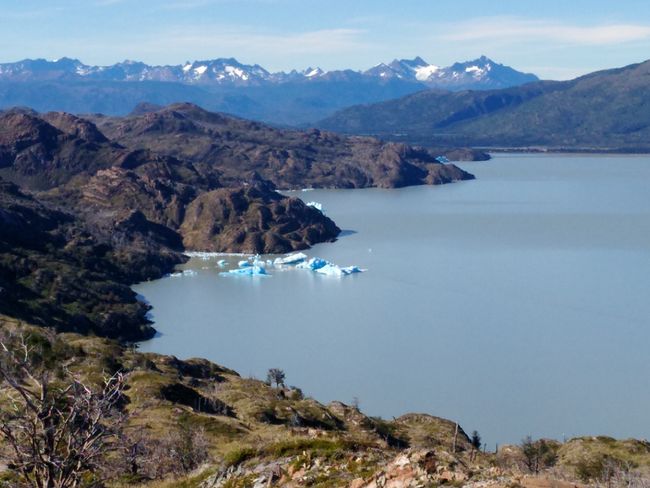
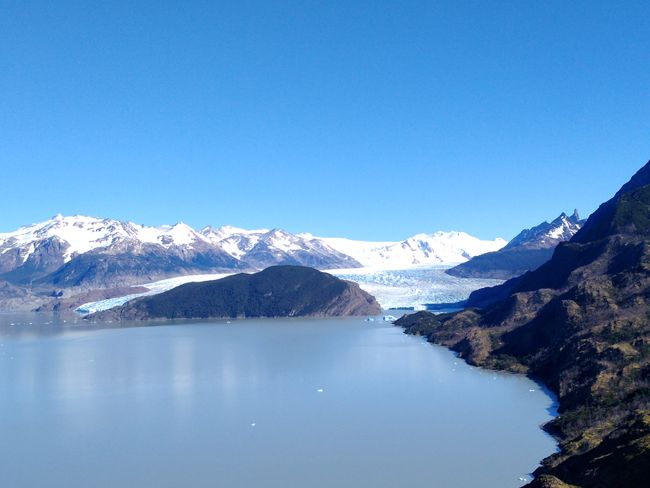
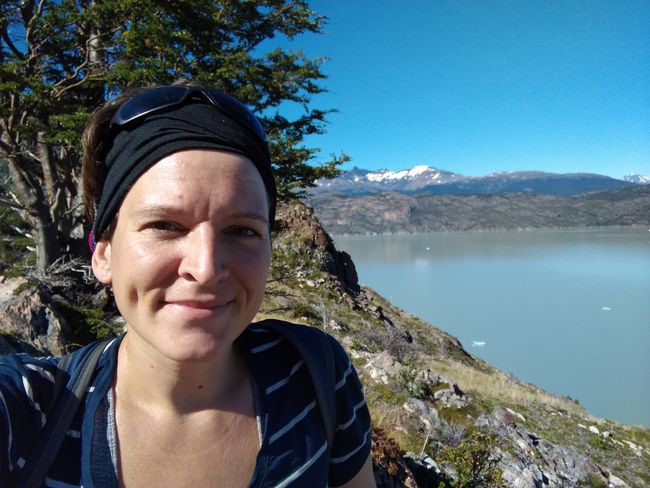
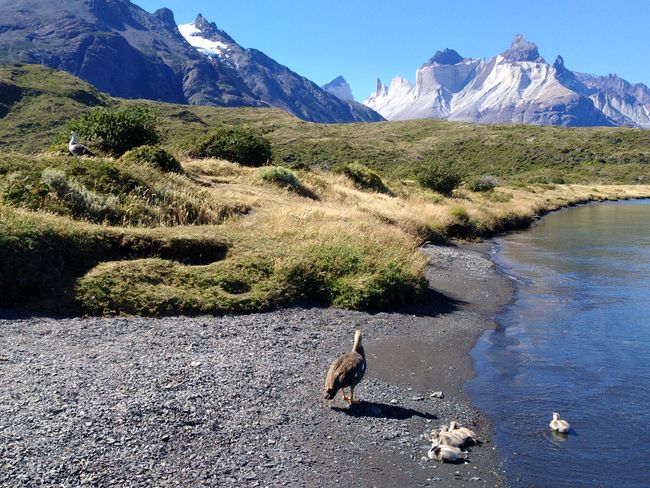
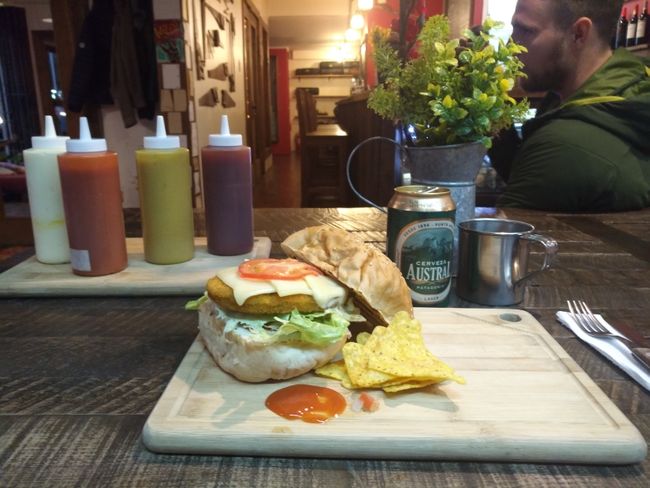
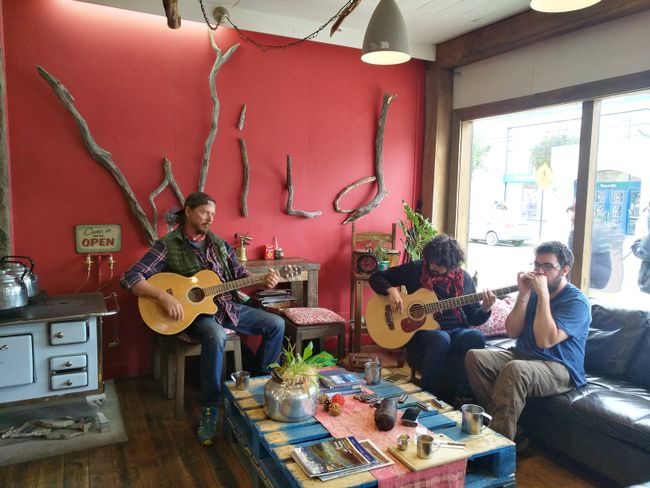
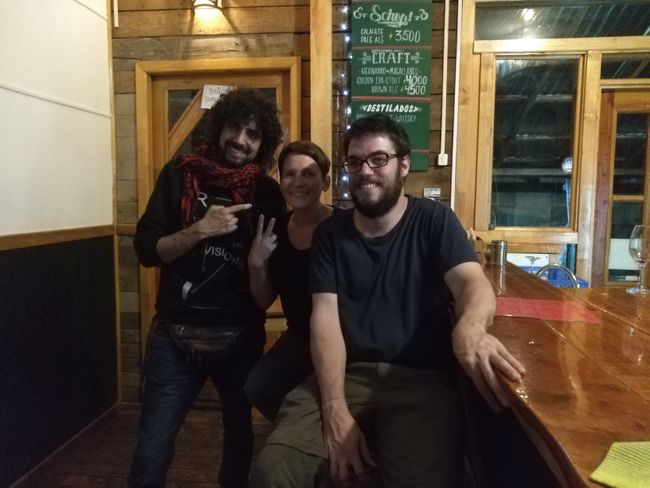
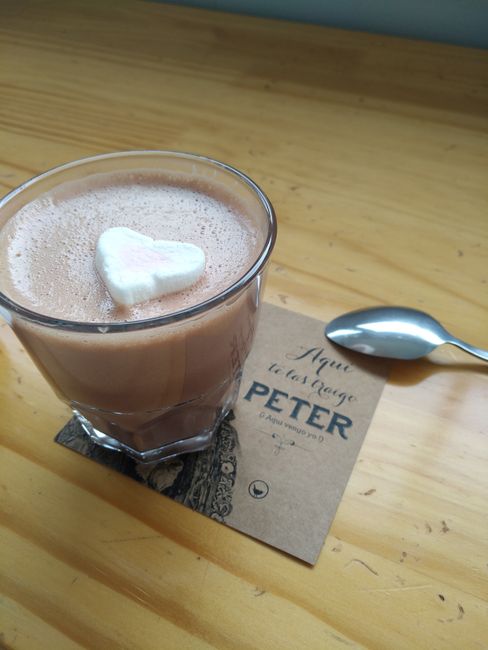
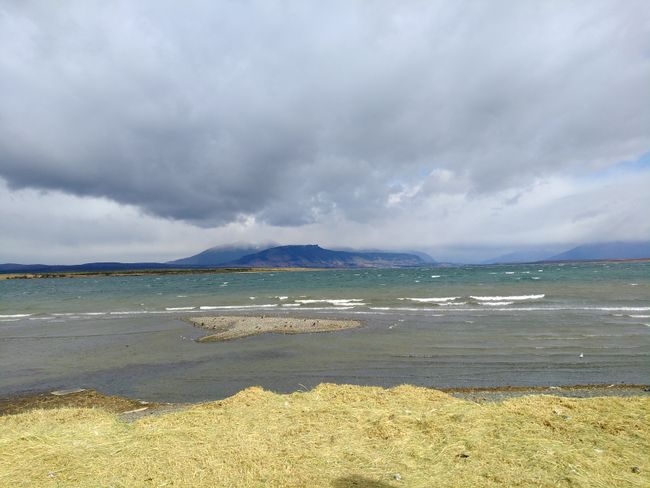


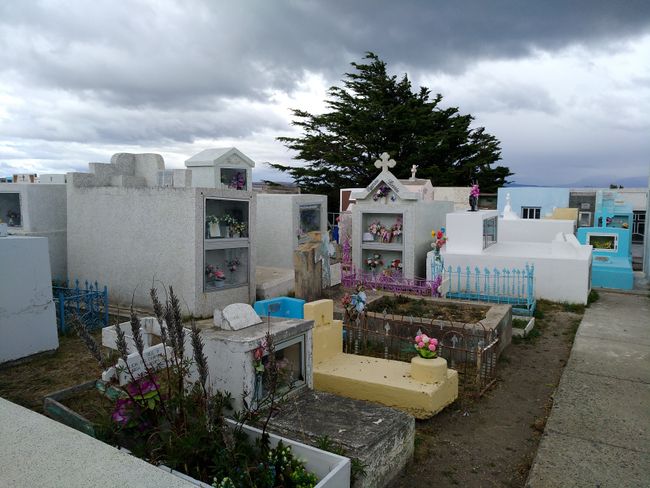
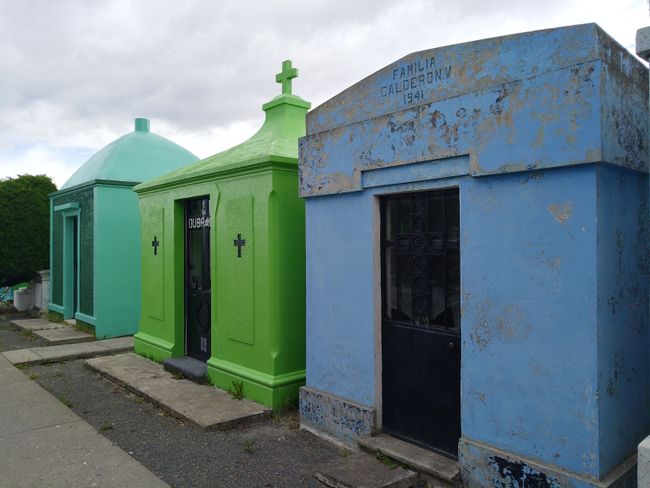
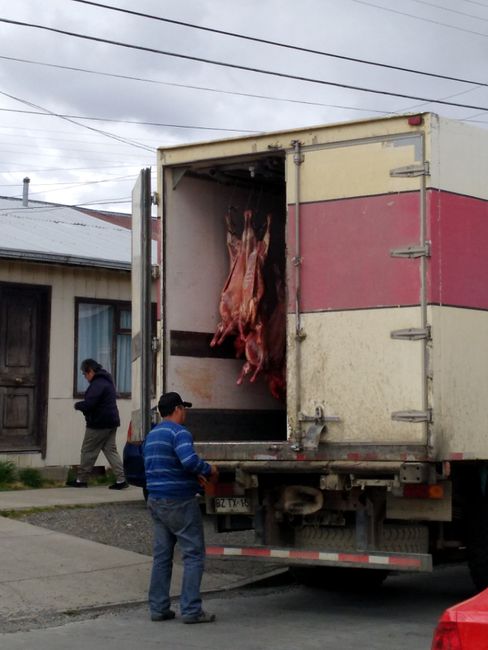
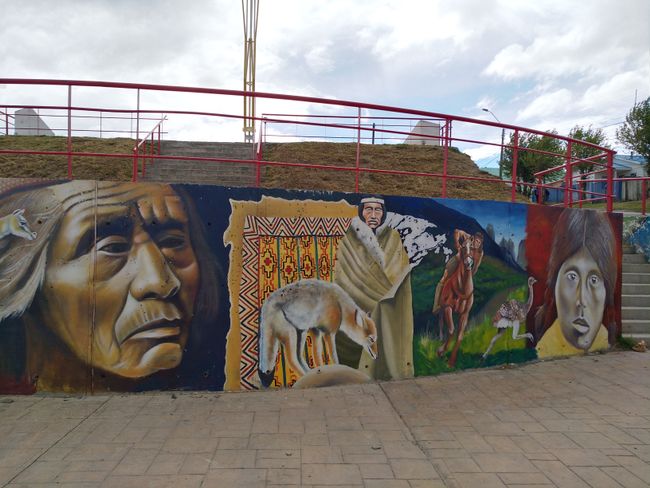
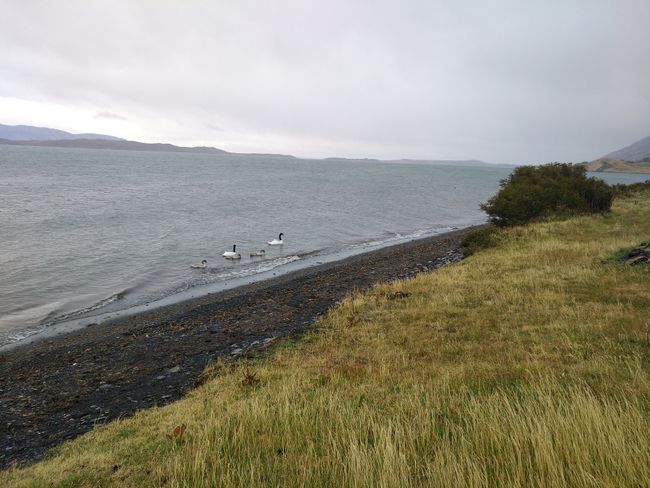
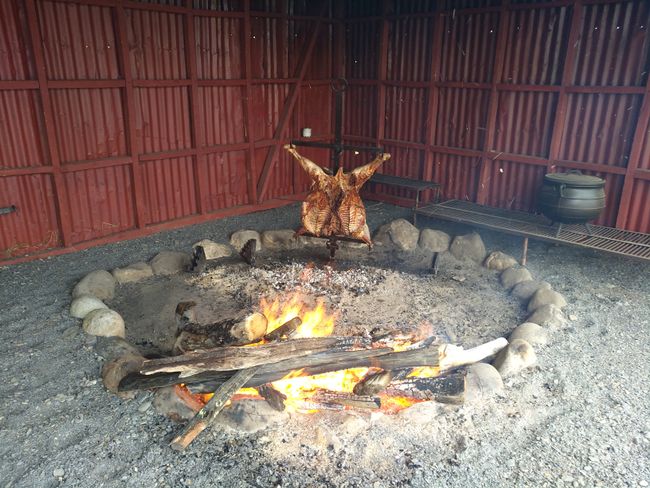

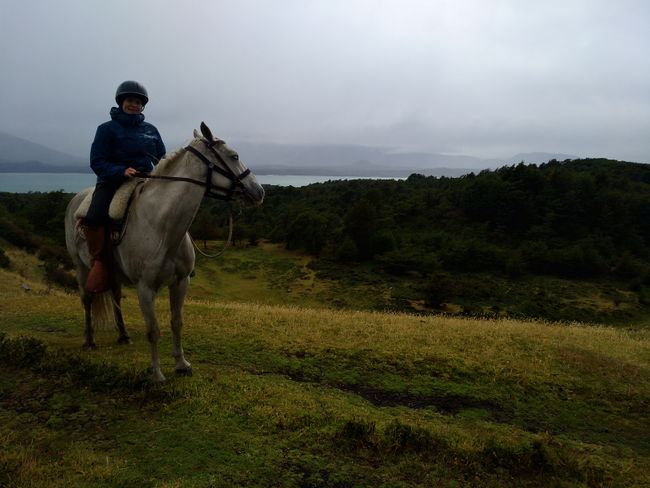
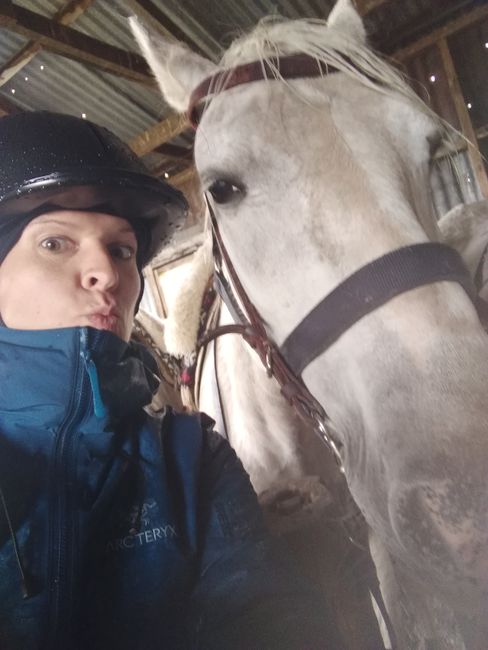
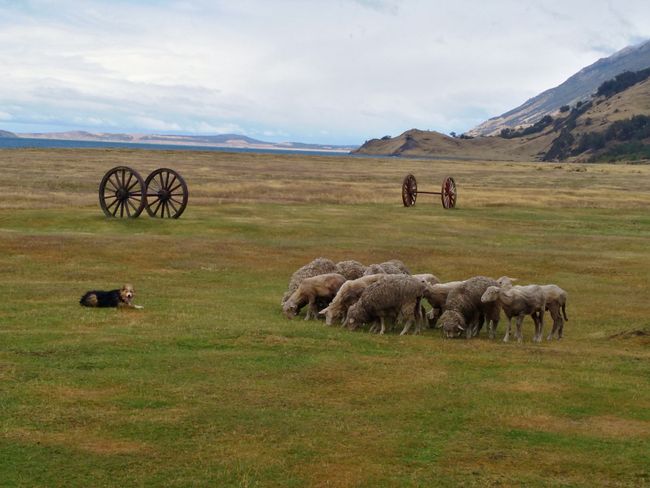
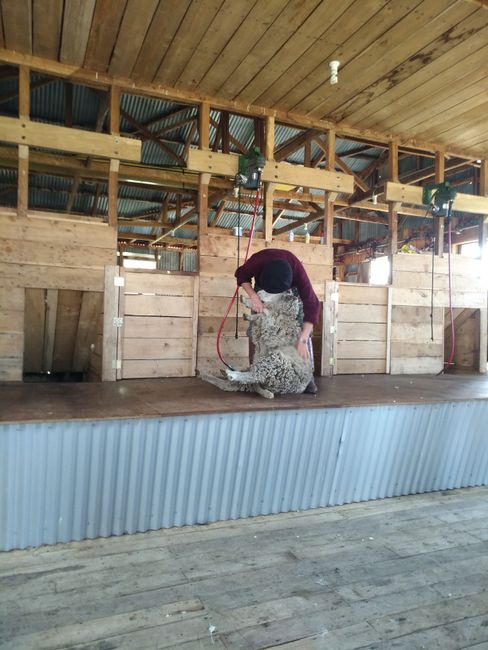

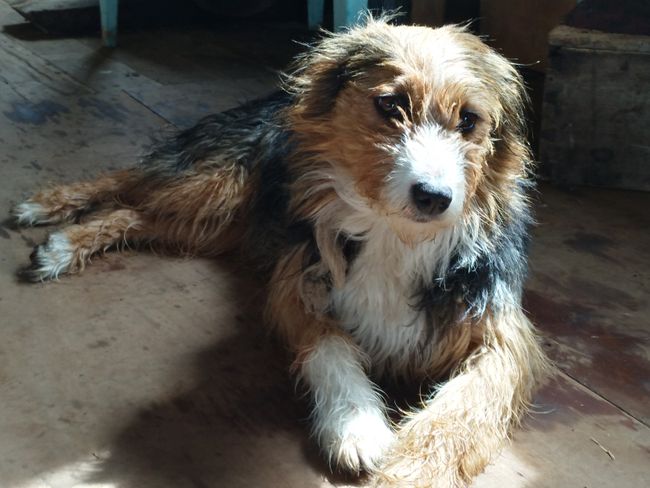
اشترك في النشرة الإخبارية
Now I am finally in Puerto Natales, the starting point for the world-famous hike in Torres del Paine National Park. Initially, I had no luck getting campsites for the 4-day trek. Accordingly, the disappointment was great. After another attempt and more intensive reading three weeks later, I was successful. One day before the bus leaves at 7 am, I take care of my equipment. I need a tent, sleeping bag, sleeping pad, cooking utensils, and food. Everything is quickly rented and bought, but how will everything fit in the backpack? And worse, who will carry all that? The answer is obvious. The alternative of staying in shared rooms with full board has its advantages, but I am not willing to spend four times the already expensive affair. Besides, you have to push your limits from time to time. I have already gotten used to sleeping in a tent, tried my functional clothing, explained it, and warmed up my legs for hiking in the past weeks. So, let's get started.
The weather has been good to me all the time. According to the detailed description in advance, it is so unpredictable that you have to be prepared for everything. Fortunately, I had little wind and no rain. It is unimaginable how the backpack feels if it also has to carry wet stuff. Actually, the distances I have to carry the backpack are not that long. At some points, you can leave it behind and walk with the small day backpack. Well, if only I had known that in advance. Unfortunately, on the first day, I confused the ranger station with the campsite and carried the damn heavy backpack 16 km up and down the mountain more than necessary. But then for the next few days, I knew exactly where I could leave the backpack.
The W-Trek, which resembles the letter on the map, leads on one hand past the lake and turns three times into very different valleys. The nature on the hiking trail is truly beautiful and wild. I notice again that the landscape is very dry. Only a few different plants grow, at most knee-high. Trees have a hard time establishing roots here and also grow sparsely. Or a fire every decade wipes them out. Then only white-silvery thin trunks remain, which transform the field into a strange fairytale atmosphere.
As mentioned earlier, the three valleys are very different. The fact that they are so close together is what makes Torres del Paine National Park unique. First, you go to Cerro Torres. The picture with the three peaks in the background and the lagoon in the foreground is very well known. Unfortunately, it was a bit cloudy, so the photos are not quite as bright. There is secretly a competition between Cerro Torres (Chile) and Fitz Roy (Argentina). For me, Fitz Roy was the clear favorite. Because of the weather and the hiking route to the summit.
The campsites are well-equipped but do not necessarily offer protection against the wind. I wouldn't want to be here when it storms. Otherwise, not much happens at the camp. Setting up the tent, cooking food, showering, sleeping, to be fit again the next day. Surprise visitors are foxes (once a single one, another day 3 young ones playing), which practically show you that you are in the wild. I haven't discovered any pumas here, but they are definitely present, as can be seen from various documentaries and warning signs.
In the second valley, there is the Britanico Lookout, which was my personal favorite in the national park. The nature with the rushing river was spectacular, and the hours-long hike with only two short but steep ascents ends on a hill in a valley surrounded by several mountains. On one side, you leave the valley again, overlooking the azure blue lake. Simply beautiful.
The third valley is dedicated to the Grey Glacier. You can see it for the first time after about two hours of hiking from a hill. To be honest, I have seen quite a few glaciers by now, and it strongly reminds me of Perito Moreno. Broken ice floes float on the lake. Even though the sight is beautiful, my personal enthusiasm has waned a bit. However, the sun shines as if there's no tomorrow at this point. I am very grateful that it didn't do that for the entire four days, it would have made hiking even more difficult.
In summary, the conclusion is positive, even though there is a great hype about Torres del Paine. It is very expensive and time-consuming to come here, and if you compare it to the hiking options in El Chalten, I would choose the place in Argentina. Sorry Chile, the point goes to the neighbors. That's my personal realization. I really like camping now, but in the future, I will only camp with a car. Carrying the gear drains the necessary energy to fully enjoy nature.
Otherwise, Puerto Natales is a touristy but nice little town. The capital of the 'Ultima Esperanza' (Last Hope) region - referring to the first settlers and one of the last attempts to finally find a passage to the sea through the fjords - has existed since 1911. Many Germans and Brits were among them, the town father is Hermann Eberhard, who still has streets named after him today. The growth of the settlement is mainly due to the Estancias. Huge sheep and cattle farms produced, processed, packed the meat in cans and prepared it in a cold storage facility for transport to the front line for the wars. Even today, there are plenty of sheep. The wool is sold to China for very little money, then washed, processed, and shipped processed or raw all over the world. A delicacy that can be found everywhere in this region is the cordero, the lamb grilled whole on the spit over the fire.
اشترك في النشرة الإخبارية
إجابة
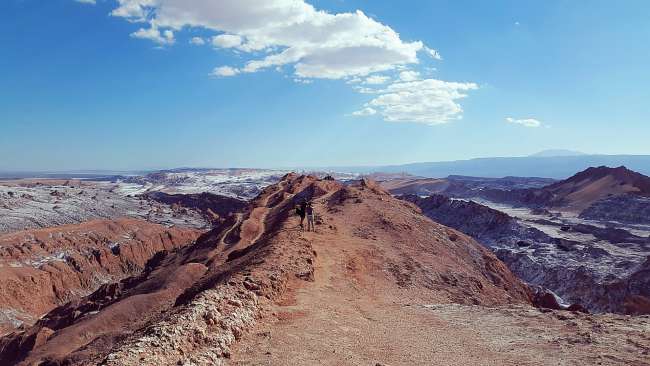
تقارير السفر تشيلي
